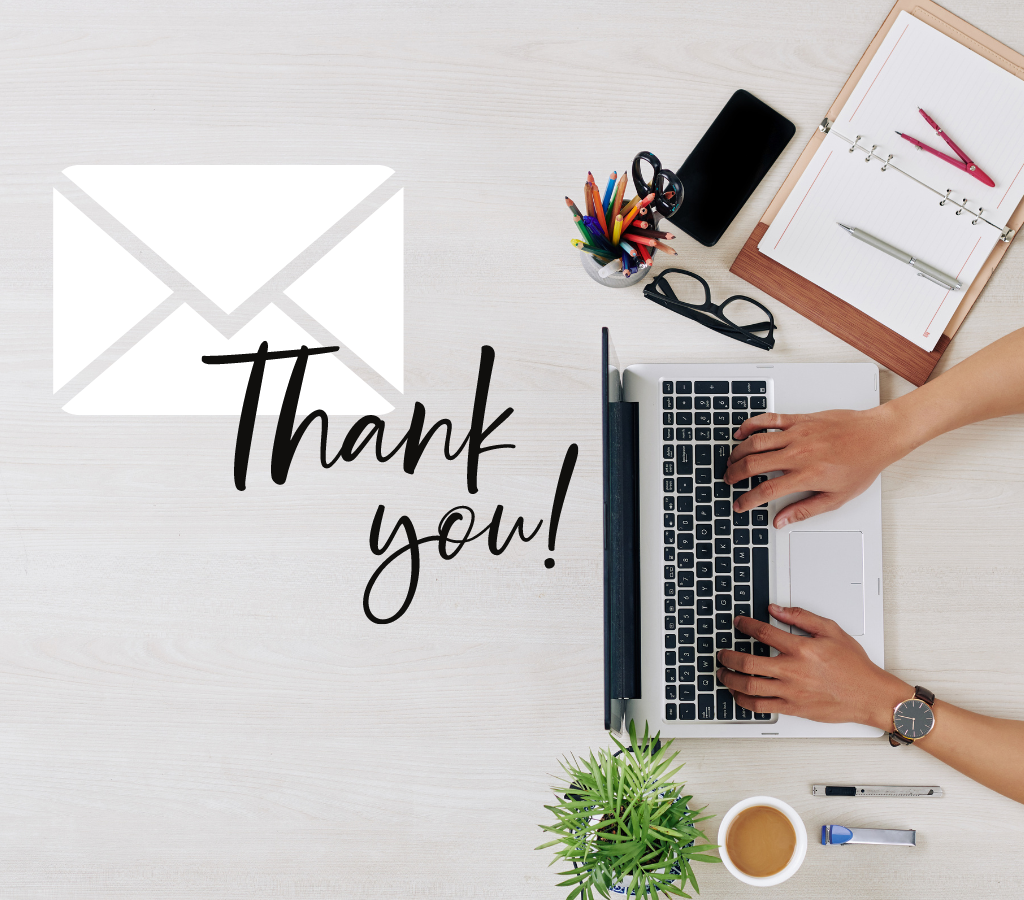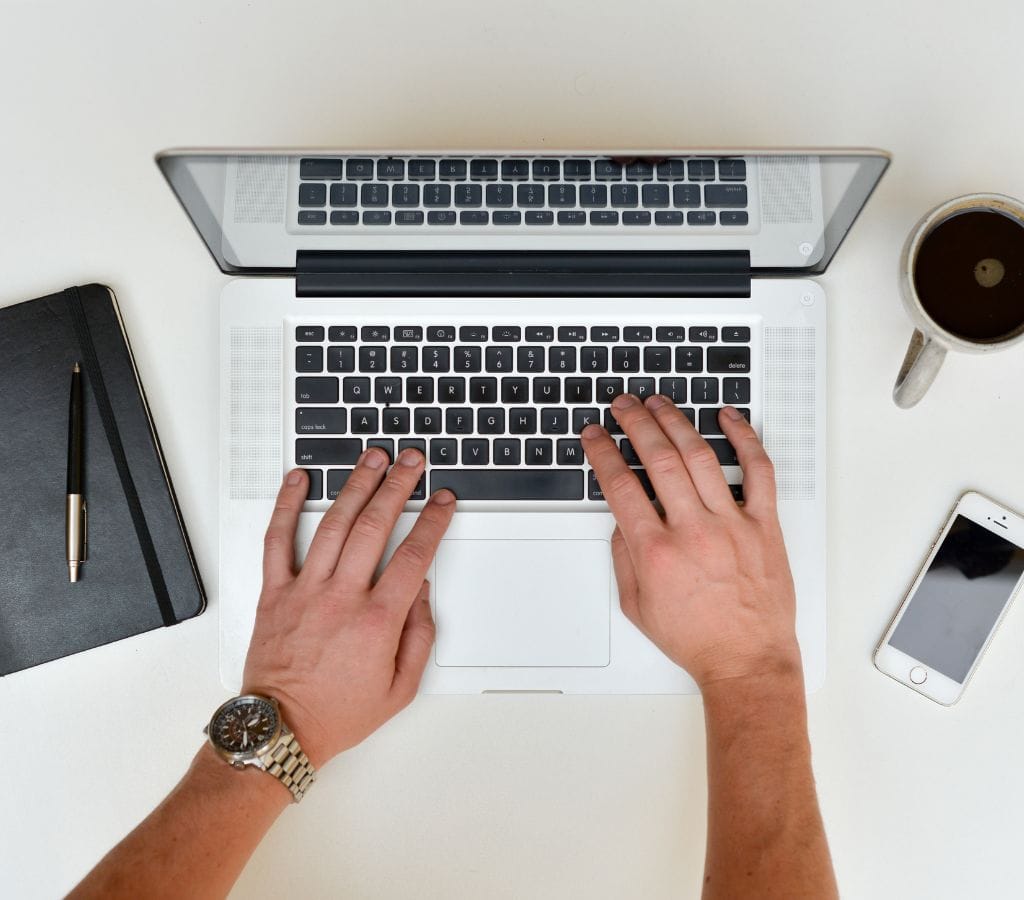Sending a thank you email is a simple yet powerful way to express gratitude in both personal and professional settings. Whether you’re following up after an interview, thanking a colleague for their help, or expressing appreciation for a gift or bonus, knowing how to write an effective email can make a lasting impression. So, we’ll cover the benefits of a thank you email, and offer tips how to write a thank you email.
The Benefits of a Professional Thank You Email
A thank-you email is very useful in many areas of your business as well as your personal life. Realizing how important it is to send a well-written thank-you email will push you to put in the time and effort to get better at it. Here are some of the benefits of sending a professional thank-you email:
1. Showing Gratitude
Thank you emails are a great way to let someone know you appreciate them after they've done something nice or helpful for you. To show your thanks for their time, advice, support, or any other kind of act, they did for you; you can thank them.
2. Making Relationships Stronger
An official "thank you" email can help build and strengthen relationships in both your personal and business life. It shows that you care about the relationship and are ready to put in time and effort to keep it strong. In turn, this can lead to future projects, chances to network, and even personal bonds.
3. Making a Good and Lasting Impression
If you write a good thank-you email, the person who receives it will remember it for a long time. It shows that you are responsible, attentive to details, and care about others. Sometimes, this is especially helpful when you want to stand out from the other people who applied for the job or went to a business meeting and be remembered in a good way.
4. Making Your Brand Stronger
Consistently sending professional thank-you emails can help build your personal brand. It shows that you care about being professional, showing thanks, and communicating clearly. Many jobs value these traits highly, and they can help you build a strong image as someone who is trustworthy, grateful, and polite.
5. Creating a Positive Culture
Sending thank-you emails can help build a culture of gratitude in your personal and business relationships. People who feel valued and appreciated are more likely to keep doing good things, which makes the setting more supportive and open to working together.
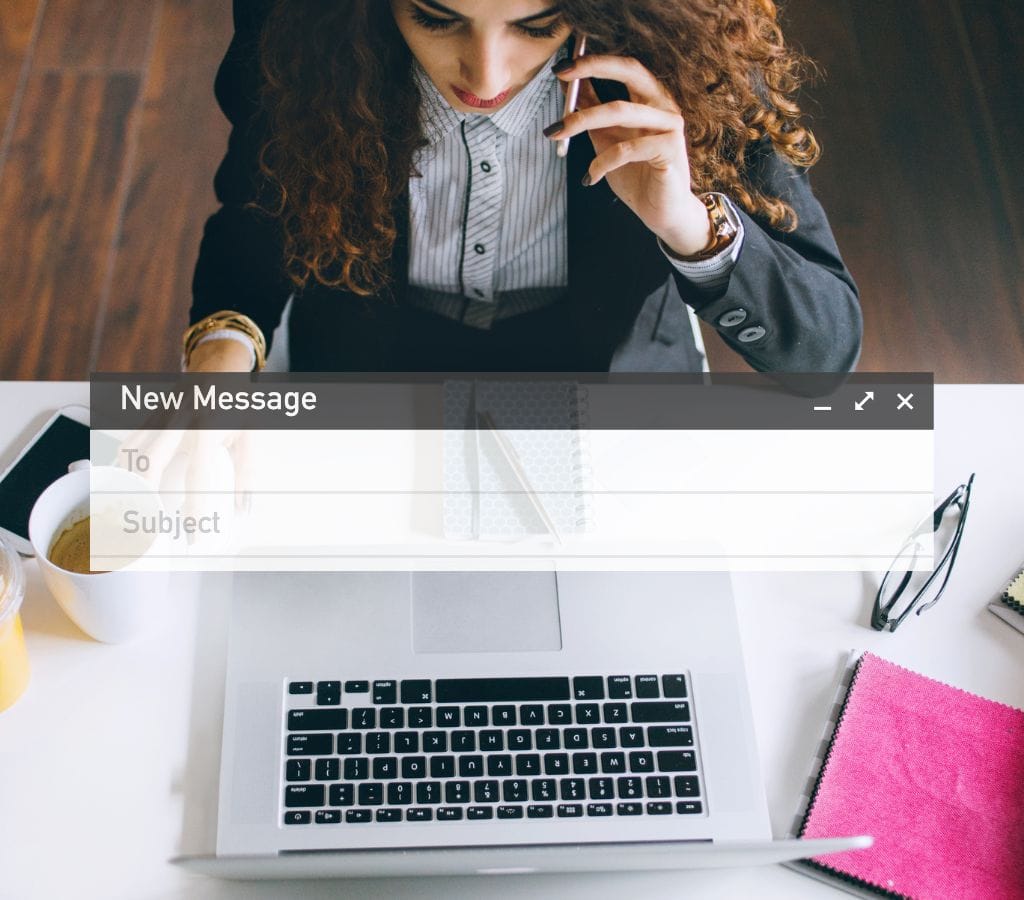
Preparation Before Writing a Thank You Email
It's important to take some time to get ready before writing a thank-you email. By planning ahead, you can be sure that you know who you're writing to, why you're writing it, and what information you may need to include. Here are the most important things you should do before writing a thank-you email:
1. Knowing Who You're Writing To
Before you write your thank-you email, you need to know about the person you're writing it to. Think about what they do, where they work, and how they relate to you. Who are they? A potential employer, a client, a coworker, or a friend? Knowing about their background and what they like will help you make your email more relevant.
2. Figuring Out What the Email Is About
Make the point of your thank-you email clear. You might be thanking someone for a gift, a job interview, a business chance, or a recommendation. Knowing the exact reason for your thank-you email will help you write it better and get your point across more clearly.
3. Getting the Information You Need
Write down any information you think you might need for your thank-you email. This could include the date of the meeting or interview, specific things that were talked about, or any necessary next steps. If you have this information on hand, you can be sure that your email is correct, specific, and appropriate for the situation.

How to Write a Good Thank You Email?
This part will walk you through the most important parts of a well-written thank-you email, making sure that your message is professional, sincere, and effective.
1. Greetings
Start your thank-you email with a proper greeting. The proper way to address someone you know well is with "Dear [Recipient's Name]," followed by a comma. A warmer welcome, such as "Hi [Recipient's Name]" or "Hello [Recipient's Name]," is better if you know the person well or are just getting to know them. Make sure to use the right spelling of the recipient's name and title, if any.
2. Showing Gratitude
At the heart of your thank-you email should be sincere thanks. Begin by thanking the person for their time, effort, support, or something else they did. Give specific details about why you are thankful. For example, if you're thanking someone for a job interview, say that you appreciate the chance to learn more about the company and their helpful advice.
3. Drawing Attention to Important Points
Use this chance to draw attention to important parts of your conversation. If there were certain talks, ideas, or moments that stood out, quickly mention them in your thank you email. This shows that you are paying attention and keeps you interested in the meeting or conversation.
4. Keeping People Interested
If it applies, show how interested and excited you are about the chance. In professional settings, such as job interviews or business talks, this is very important. Say how excited you are about the possibility of working together, getting a job opportunity, or making future contacts. However, be honest and avoid acting too eagerly or pushy.
5. How to End a Professional Email
Close your thank-you email in a professional way. For example, use "Best regards," "Sincerely," or "Thank you again," and then type your full name. Also, include your contact information, like a phone number or email address. As a result, your recipients will be easy to get in touch with you.
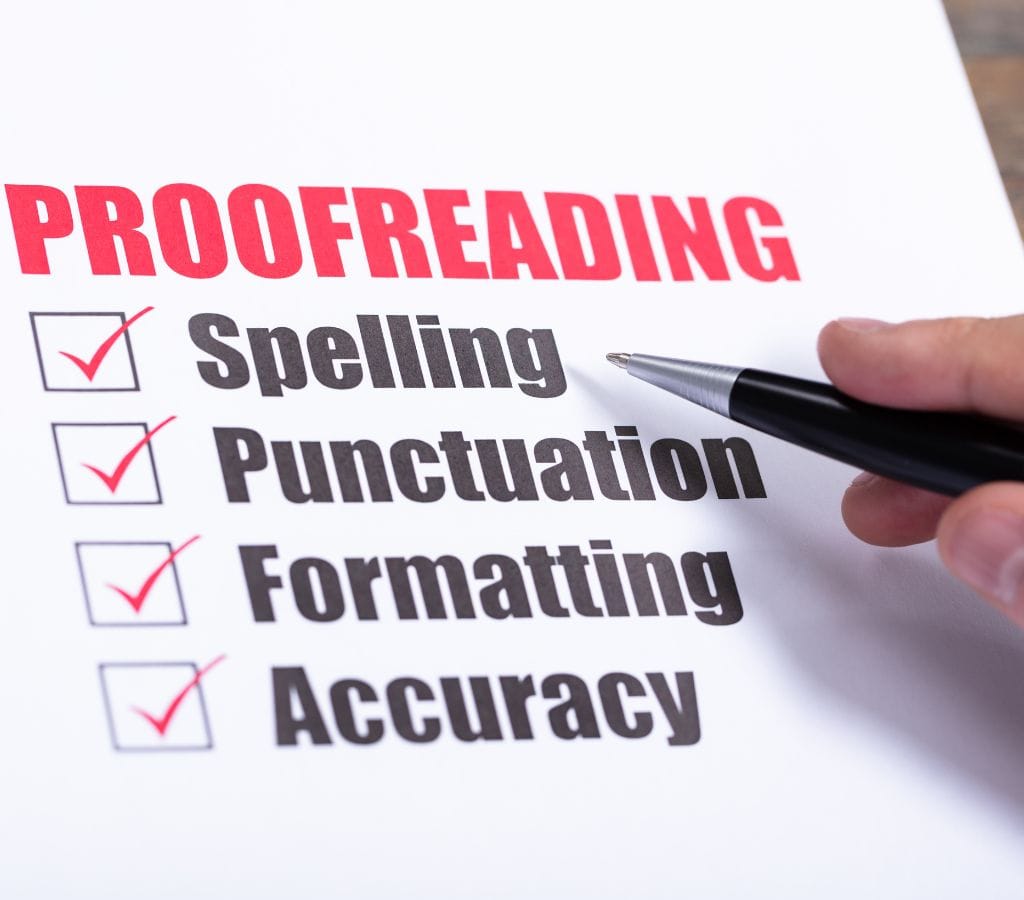
Proofread Before Sending Your Email
After you write your thank-you email, you should make sure it is error-free and hits the right tone by proofreading it. So, we will show you the most important things you need to do to send your thank-you email and make sure it is correct.
- Check for Errors: Use spell-checkers and read the email out loud to find any mistakes you might have missed.
- Maintain Professional Tone and Language: Don't use slang, acronyms, or casual language.
- Review Email Structure and Formatting: Proofread your email to make sure it is well-organized and has clear paragraphs, short sentences, the right fonts, and bullet points or numbered lists.
- Double-check Recipient's Details: Check the email address of the recipient twice and include any attachments that are needed.
- Send the Email: Send the email confidently, expressing gratitude professionally and thoughtfully.
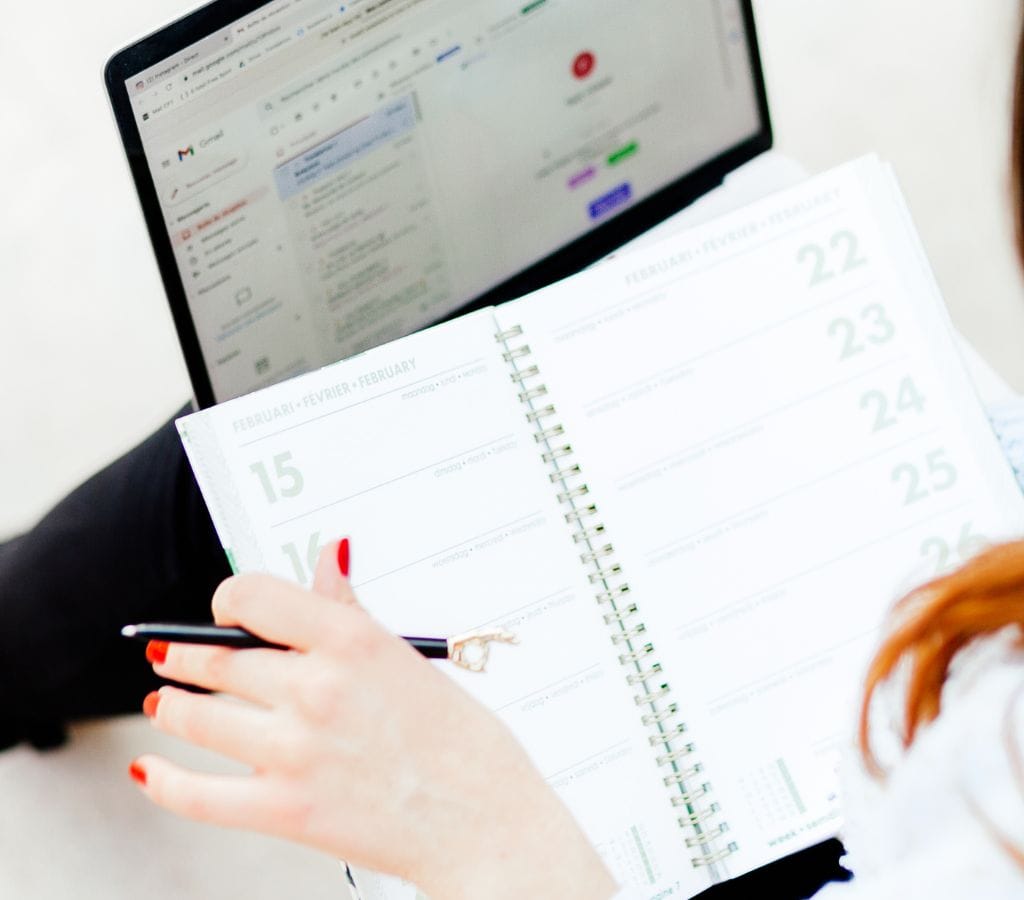
How to Follow Up After Sending the Thank You Email?
After sending a thank-you email, it's important to follow up to keep in touch and build on the connection. So, we will show you when and how to follow up, as well as how to deal with possible replies.
1. The Right Time to Follow Up
When you follow up, it will depend on what your thank you email is about and how it was written. Following up within a fair amount of time is usually a good idea. For example, if you sent a thank-you email after a job interview, you should follow up in a week or two to find out if the job was hired or what the next steps are. Make sure you don't follow up too soon or too often, or you might come off as eager or pushy.
2. How to Follow Up Politely
Keep a polite and professional tone when you follow up. Start your follow-up email by thanking the person again for talking to you before and restating your interest or the point of your first email. Then, ask nicely if there is any new information, reports, progress, or next steps. Also, be considerate of their time and write an email that is clear and to the point.
3. Possible Replies and How to Handle Them
After following up, the person you contacted may send you different answers. So, here are some situations that could happen and how to handle them:
- Positive Response: If you get a positive response that shows interest or offers more information, you should reply quickly and professionally. Thank them for their answer and give them any information or clarification they ask for.
- No Response: Sometimes, the recipient of your follow-up email may not respond. Give the person time to respond, and if they don't, send another follow-up message. If you haven't heard back, consider moving on to other things.
- Negative Answer: If you get a negative answer or are turned down, be polite and professional in your response. Thank them for their time and consideration, then let them know you're still interested in working with them or new possibilities. Take what you've learned from this, and keep building your network.
Sending a thank-you email and then following up shows that you are dedicated to keeping ties intact. Responding in a skilled and polite way makes a good impression. Mastering how to say "thank you" and following best practices, such as planning, writing, editing, and following up, can leave a lasting impact.
